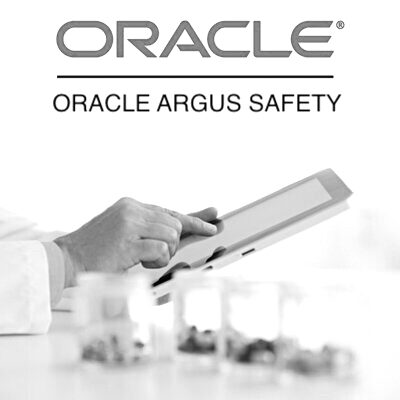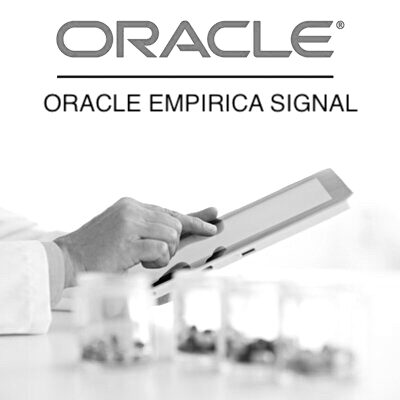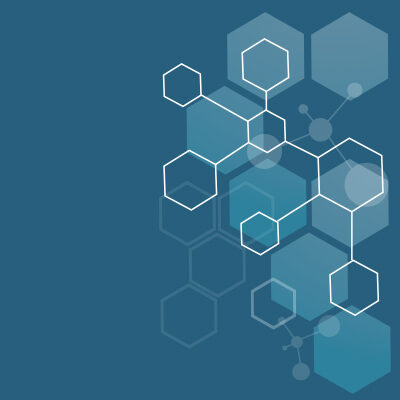Table of Contents
- Signal Detection in Pharmacovigilance
- Definition of a Signal
- Importance of Signal Detection in Pharmacovigilance
- Where do you find Signals in Pharmacovigilance
- What constitutes a Signal?
- You may be interested in…
- Oracle Argus Safety Essentials
- Oracle Argus Safety Essentials + Console
- Oracle Argus Safety – Live Online
- Oracle Argus Safety + Console – Live Online
- Oracle Empirica Signal
- Oracle Empirica Signal – Live Online
- Diploma in Pharmacovigilance
- Argus Safety – Business Configuration and Administration
Signal Detection in Pharmacovigilance
Signal detection in Pharmacovigilance involves looking at the adverse reaction data for patterns that suggest new safety information and specifically whether the new information changes the benefit to risk ratio associated with the use of a pharmaceutical product.
Definition of a Signal
WHO-UMC defines a signal as:
“Reported information on a possible causal association between an adverse event and a drug, the relationship being unclear or incompletely documented previously”
Importance of Signal Detection in Pharmacovigilance
Signal detection is one of the most important objectives of pharmacovigilance; the whole process of risk/benefit evaluation depends on effective detection of signals. Usually more than a single report is required to generate a signal, depending upon the seriousness of the event and the quality of the information.
In nutshell, we can say that Signals are early warning signs of Adverse Events.
Let’s face it; drug safety is an issue because no one is fully aware of what side effects it can have. So it is important to detect an adverse event with the assistance of signal detections. The practice of pharmacovigilance allows detection, assessment, understanding and prevention of adverse effects or any other possible drug-related problems. It is carried out by pharmaceutical companies on their products and by government agencies on all medicinal products.
The signals are detected on the basis of spontaneous reporting of adverse cases. These cases are carefully studied and categorized into a database. A pattern is established through a scientific method of computation based on data tables. This gives a fair idea of the potential signals that lead to adverse events
Having detected the potential signals, a validation of whether or not they are signals is made since they are cases when signals occur due to a disease and not really from a drug. Following this, a review of the drug is made to consider its potential risks and benefits, on the basis of which its marketing authorization is revoked or suspended.
This method of detection is a good way to assess the merits of individual drugs since it does not bank upon a single adverse events, but takes into consideration several similar events. In addition to ensuring drug safety, this method also helps detect signals for subsequent adverse events.
Where do you find Signals in Pharmacovigilance
Signals of potential harmful effects may arise from literature reports, observational epidemiological studies, randomised trials and spontaneous reports of suspected ADRs. In some countries the emphasis is on suspected reactions but in others the emphasis is on adverse events. There source will usually be health professionals but may also include patients. The early evidence from spontaneous reports can be regarded as a potential ‘signal’.
This has been defined as showing a “possible causal relationship between an adverse event and a drug. Unknown…..previously’
The objective is to distinguish the real signals from ‘noise’ precisely.
The salient feature is that health professionals, particularly doctors, report suspected ADRs centrally; this can be to a regulatory authority or to a company. These reports are processed and entered on to a database. Whether they are reported as suspected ADRs or as adverse events there will inevitably be some background reports that are not caused by the drug.
There will often be a very large number of reports, and an essential task is to prioritise those that should be investigated first. The purpose of collecting these reports is to detect signals. Even in countries where reporting of ADRs is supposed to be compulsory, reporting rates will usually be much less than 100%. A typical figure is said to be 10%, but it depends very much on the seriousness and newness of the ADR. In the case of fibrosing colonopathy caused by high-strength pancreatic enzymes, the rate was shown to be 100%.
What constitutes a Signal?
A signal consists of Hypothesis, Data and arguments.
The design of the Randomized Controlled Clinical Trial (RCCT) as hypothesis testing in itself sets narrow limits for the detection of information about serious and unexpected ADRs due to the short treatment period, the relatively small number of carefully selected participants in the trial, fixed drug doses, and hospital settings that do not reflect the conditions under which the medicines are used after marketing.
Data on well-recognised, easily detectable ADRs may potentially be observed in RCCTs, but unknown, rare or long-term adverse effects are seldom detected in these trials due to the limitations of the RCCT.
Detection of unknown or rare ADRs may include other pharmacovigilance designs, e.g. the spontaneous reporting systems, cohort or case-control studies.
This completes our discussion on Signal Detection in Pharmacovigilance We hope this gives you flavour the key terminologies in Signal detection in pharmacovigilance and a flavour of this allied science.
For a deep insight into the world of Pharmacovigilance, subscribe to our Pharmacovigilance Knowledgebase
Want to explore a career in Pharmacovigilance? Join our Diploma in Pharmacovigilance program and kick-start a career in Pharmacovigilance and Oracle Argus Safety.
Already completed a program in Pharmacovigilance. Enhance your expertise on the Oracle Argus Safety software by pursuing our Oracle Argus Safety program. You can also subscribe for 24×7 access to the Oracle Argus Safety software for practice.
You may be interested in…
-
 eLearning + software
eLearning + softwareOracle Argus Safety Essentials
$599.00 -
 eLearning + software
eLearning + softwareOracle Argus Safety Essentials + Console
$799.00 -
 Live Online
Live OnlineOracle Argus Safety – Live Online
$999.00 -
 Live Online
Live OnlineOracle Argus Safety + Console – Live Online
$999.00 -
 eLearning + software
eLearning + softwareOracle Empirica Signal
$599.00 -
 Live Online
Live OnlineOracle Empirica Signal – Live Online
$999.00 -
 eLearning + software
eLearning + softwareDiploma in Pharmacovigilance
$799.00 -
 eLearning + software
eLearning + softwareArgus Safety – Business Configuration and Administration
$599.00

